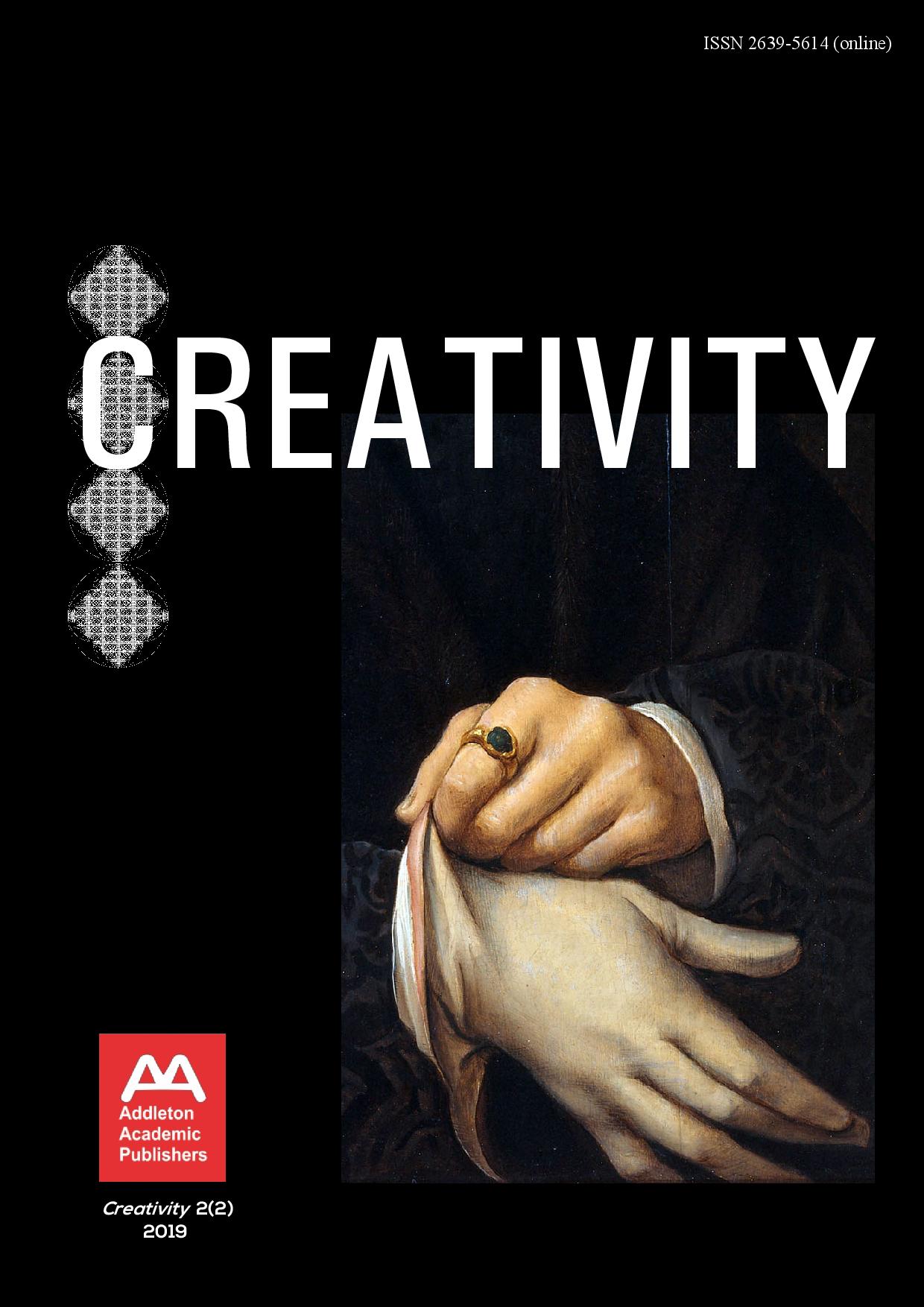Creativity, environment and value: spiritual aesthetics in Sri Aurobindo’s Savitri
Creativity, environment and value: spiritual aesthetics in Sri Aurobindo’s Savitri
Author(s): Murali SivaramakrishnanSubject(s): Poetry, Indian Philosophy
Published by: Addleton Academic Publishers
Keywords: Vedas; Upanishads; Nature; inconscient; superconscient; spiritual aesthetics;
Summary/Abstract: Starting from the common agreement established in Aurobindo studies that The Life Divine (1914–1919; book form: 1939–1940) was Sri Aurobindo’s (1872–1950) philosophical exploration of his ideals, while Savitri (manuscript form: 1916; separate cantos: 1946; book form: 1950–1951) was the poetic realization of that philosophical journey, I explore in the following paper, from an ecocritical and eco-aesthetic perspective, the relation between nature and human nature as implied in Savitri. I use in this sense Murphy’s (1998) tripartite understanding of the structure of space, as “geographic,” “historical” and “geo-psychic” location, and show that Indian thought in general is engaged more in a quest for connections, than for what separates. Indian thought is thus fundamentally based on the understanding that the core of being is sacred, man himself being imbued in it. I argue that Savitri is to be understood as having emerged, in a direct line of influence and descent, from Vedic and Upanishadic thought, with Nature used as a metaphor for the esoteric possibility of transformation from the lowest material (Aurobindo’s inconscient) to the highest spiritual (Aurobindo’s superconscient) level of existence. The poem as a whole is in fact an exploration of human and non-human nature. The transformative process of deification is thus to be resolved only through the aesthetic dimension, hence what I call Aurobindo’s spiritual aesthetics.
Journal: Creativity
- Issue Year: 2/2019
- Issue No: 2
- Page Range: 289-317
- Page Count: 29
- Language: English
- Content File-PDF

